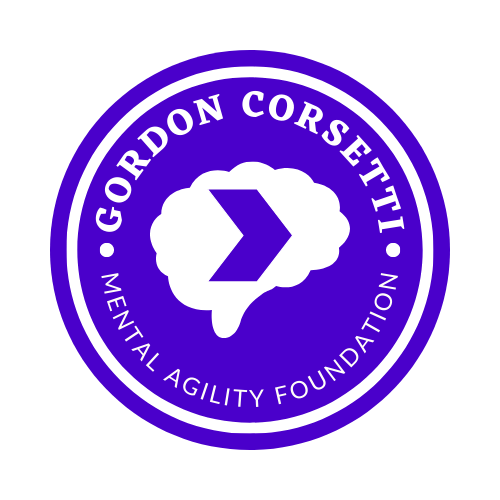Tools for High School Students
/Visit: mentallyagile.com/tools/high-school-students for a list of eleven stressors and positive coping tools specific for high school students.
This is my first attempt at building a Mental Agility Toolkit for a specific audience, and I put this page together after speaking with dozens of students at Pace Academy. What I found most admirable about the students was that they knew they and their friends were stressed, but they did not have a clear strategy to address how they felt.
Two specific interactions illuminate this issue.
Try this relaxing meditation.
Crying before class
My AP European history teacher pulled me into her classroom and asked me to help a group of eight students calm down. One girl seemed to be on the brink of a nervous breakdown, another’s eyes were red and puffy from crying, and a few of the boys were squirming as if they could not contain their energy.
I answered their questions about my presentation and my journey toward mental wellness, and then I led them through a five-minute meditation. I had them assume a noble posture in their seats, melt their shoulder blades down their back, take deep breaths into their low belly, and then I provided gentle reminders to allow thoughts to come and go.
When we finished, I asked them how they felt. One girl said - “That was so nice!” I could see the weight on her shoulders dissipate as she reflected on the experience. The mood of the classroom went from high stress to calm in a matter of minutes.
What do I do when I feel bad?
This question was approached obliquely by several students, until one junior asked me directly: “What am I supposed to do when I feel bad?” Answer? Feel bad.
There is nothing inherently bad about feeling bad, but, as I explained to this student, our culture emphasizes the positive to the point where “bad” is never allowed in the conversation. I told her the following story:
A man always feels sad, so he leaves home and travels to find a monk that he heard could banish his sadness. After a long journey, he finds the monk and asks for his sadness to be removed. The monk considers the man’s request and replies, “not a problem, but there is one condition.” The man is elated that his sadness could be gone and says whatever the condition is that he does not care. “You might,” says the monk, “because in order to remove all your sadness I must also remove all your happiness.”
When you are sad, feel sad. When you are happy, feel happy. This is a remarkably hard-to-follow directive, but it is essence of living mindfully.
My second bit of advice to this student was to ask questions of herself when she felt bad:
When did I last have a drink of water?
How did I sleep?
Have I eaten well in the past 24-48 hours?
By asking these questions, a person can identify something within their control that they can improve for the better.
I will add to this Mental Agility Toolkit as I speak to more schools, and interact with more students. I also plan to build different toolkits for working professionals, parents, teachers, and college students. My goal is to provide a buffet of self-care options for mental wellness, and allow any individual the freedom to choose what they feel will help them the most.
What is happiness, and how can we all get some? Buddhist monk, photographer and author Matthieu Ricard has devoted his life to these questions, and his answer is influenced by his faith as well as by his scientific turn of mind: We can train our minds in habits of happiness.



